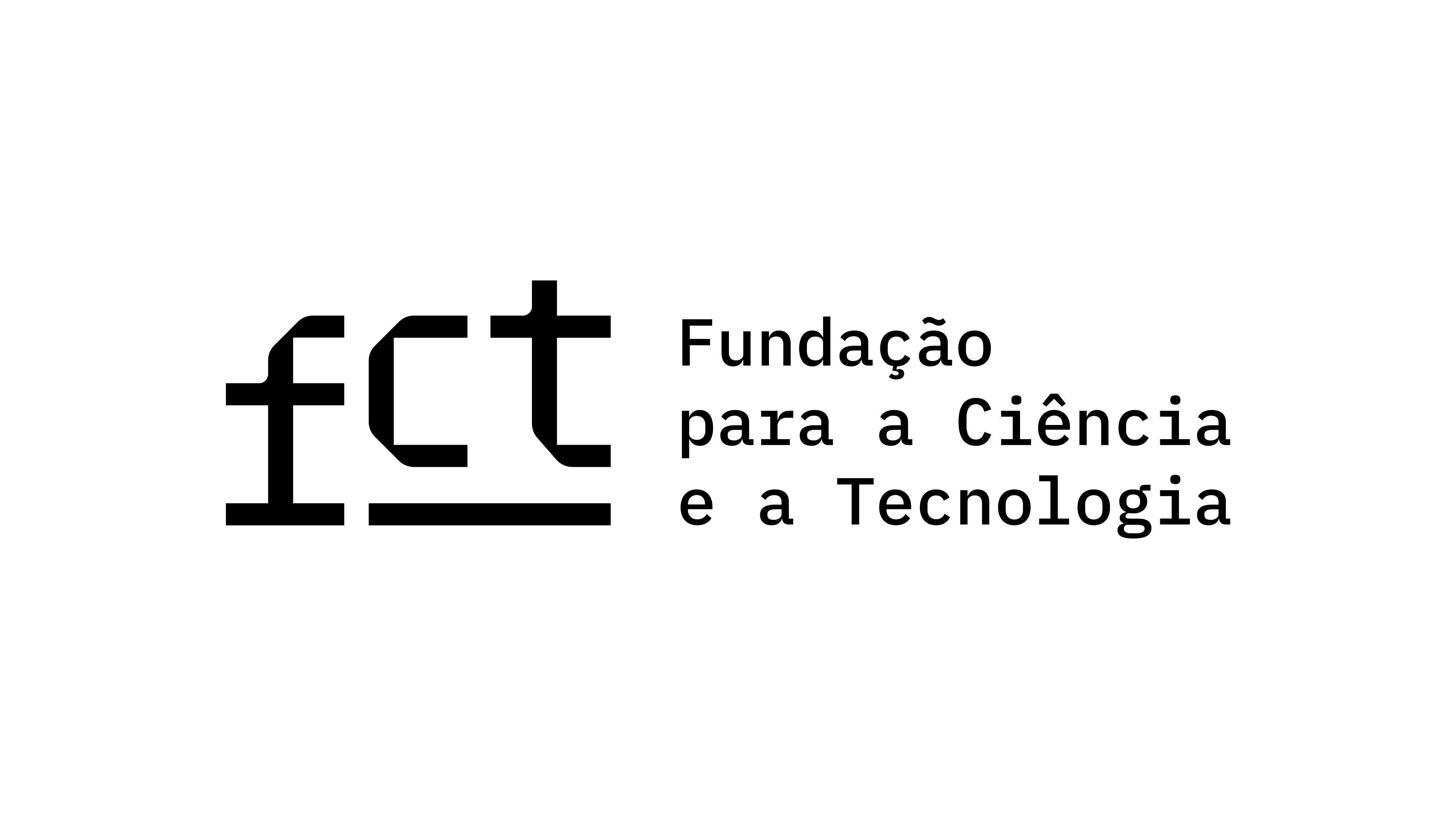Zombie Cinema and the Anthropocene: Posthuman Agency and Embodiment at the End of the World
Keywords:
Posthumanism, Zombies, Anthropocene, Agency, CinemaAbstract
The Anthropocene, the name for our current geological epoch proposed by Crützen and Stoermer, poses significant challenges to traditional humanistic conceptions of human agency and embodiment. The claim that these and other scientists make is that human beings as a species have, beginning with the industrial revolution, made impacts upon the biosphere on a planetary scale equivalent in magnitude and duration to those of (other) natural forces such as glaciation, plate tectonics, and asteroid strikes. The implication of this discovery is that these human effects are of such a scale that they are no more subject to human control, intelligence, and agency than are other forces of nature. On this view human beings aren’t so much actors as actants, producing far ranging effects in concert with other non-human actants. Thus, ironically the Anthropocene, literally the epoch of the human, is the first posthuman epoch.
In this paper I argue that the cinematic trope I will refer to as “the fast zombie” of recent zombie cinema serves as a figure for the posthuman in the age of the Anthropocene. I trace the lineage of the cinematic zombie, the first movie monster without precedent in non-cinematic art forms, from the “voodoo zombie” of the thirties and forties, through the “slow zombie” of George Romero and Romero-inspired films, to the fast zombie of the post millennial era. Despite the differences among these monsters I claim that they share a common lineage, common features, and collectively provide a fictional analogue to social and economic forces that have led to our current environmental crisis.
In brief, the voodoo zombie of the early zombie movies such as White Zombie (1932) and I Walked with a Zombie (1943) serves as a signifier for slavery and colonization. The trope of the voodoo zombie, whether reanimated or merely drugged, stands in place of the slave, deprived of agency and doomed to a life (or death) of alienated labor in service of a master, the voodoo priest. The slow zombie of the Romero films – Night of the Living Dead (1968), Dawn of the Dead (1978), and Day of the Dead (1985) – also signifies alienated labor deprived of agency and subjectivity yet now presented as a shambling force under the control of no human intellect. This zombie represents a threat to the civilized order en masse as well as a fear of contamination. The work of the slow zombie is to reproduce itself through consumption. The figure of the fast zombie found in post millennial cinema in films such as 28 Days Later (2002), World War Z (2013) and the remake of Day of the Dead (2008) signify a fear of contagion occurring under deterritorialization (Deleuze and Guattari), abject masses swarming over borders and laying waste to the countryside by sheer force of numbers.
What these different types of zombies share is an excess of embodiment. In this way they represent an antidote to the disembodied, technophilic posthumanism of the cyborg cinema of the 1990s and early 2000s. Whereas the latter represent the intellect dematerialized (Hayles), the former represent embodiment run amok. In addition, insofar as colonization and slavery provided the capital for the industrial revolution, which in turn is the direct cause of anthropogenic climate change, the evolution of the cinematic zombie marks a fictional trace of the human and posthuman forces that have brought about the Anthropocene.





